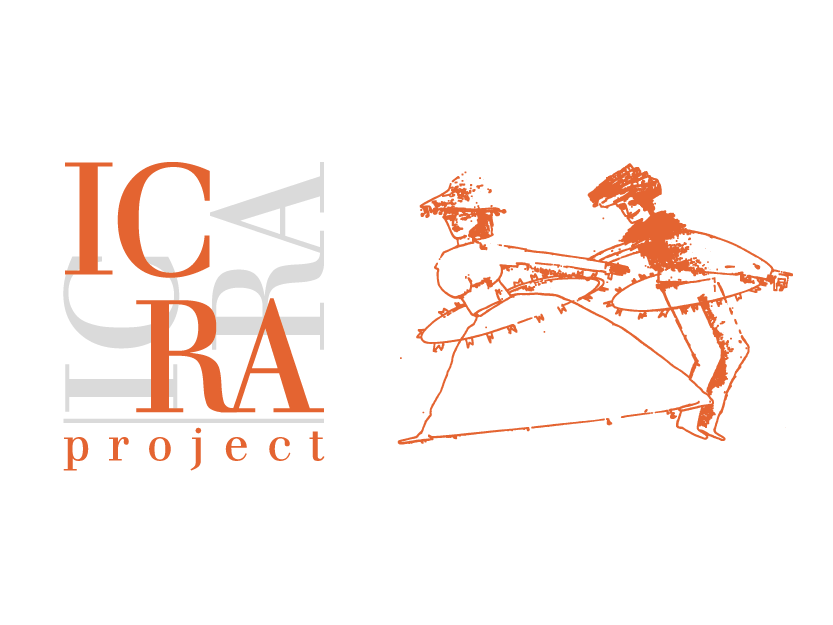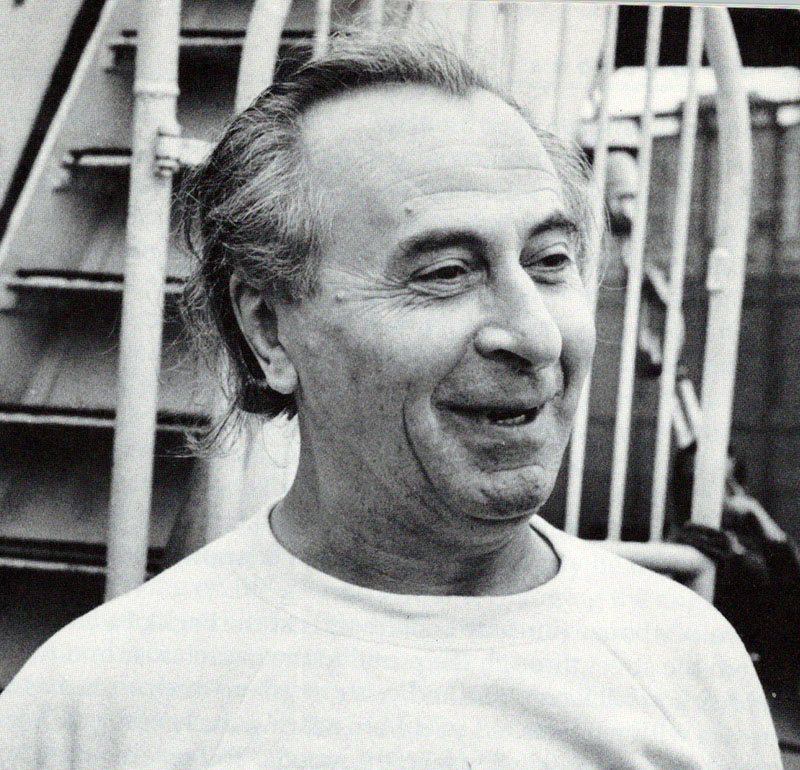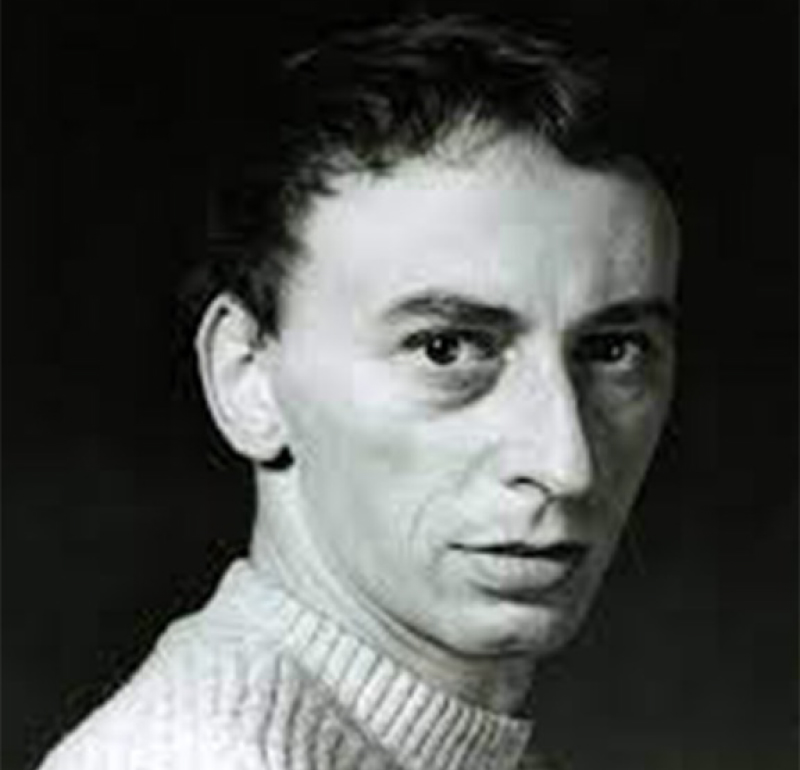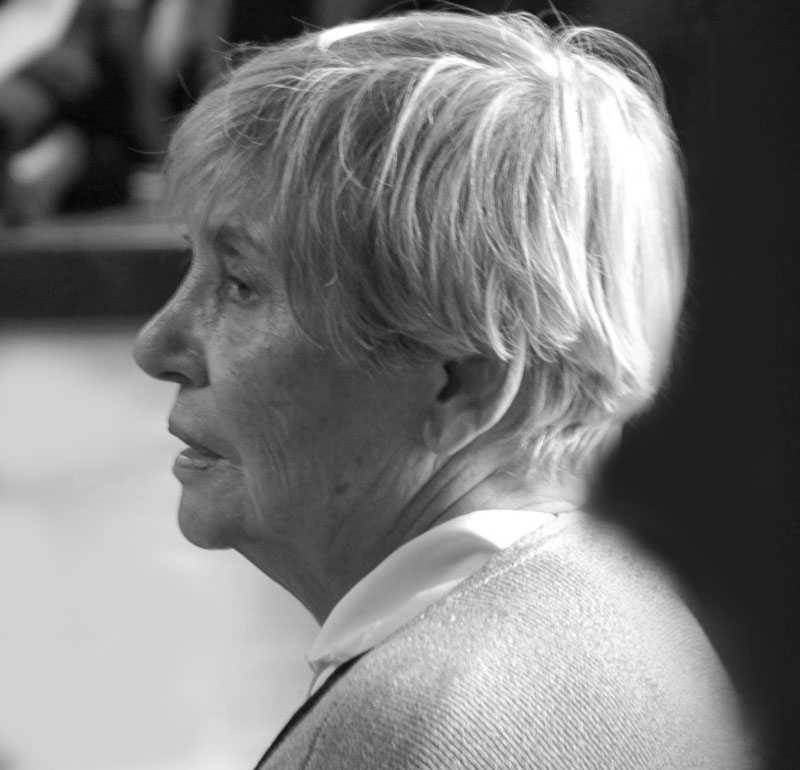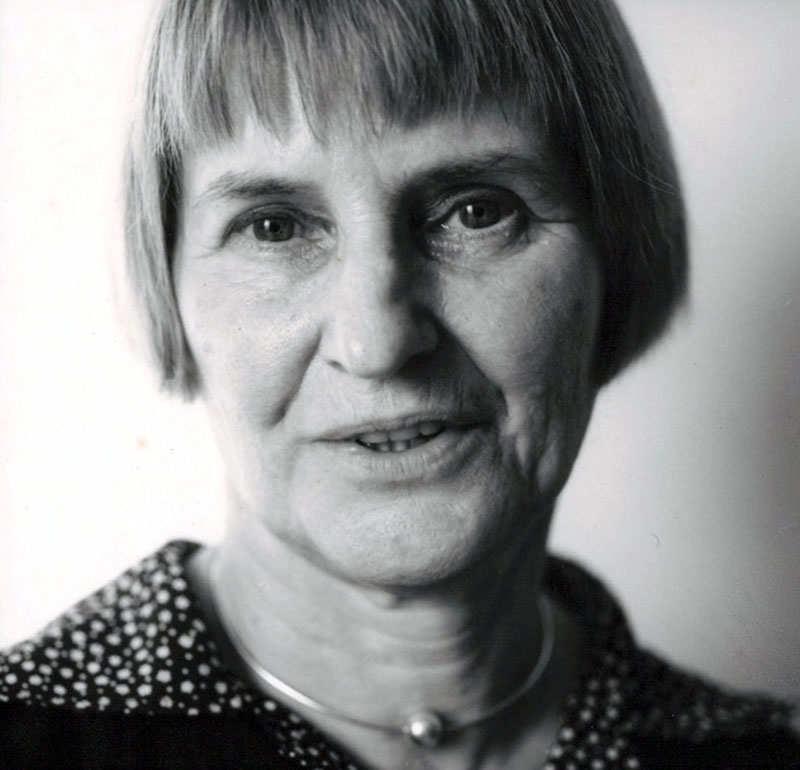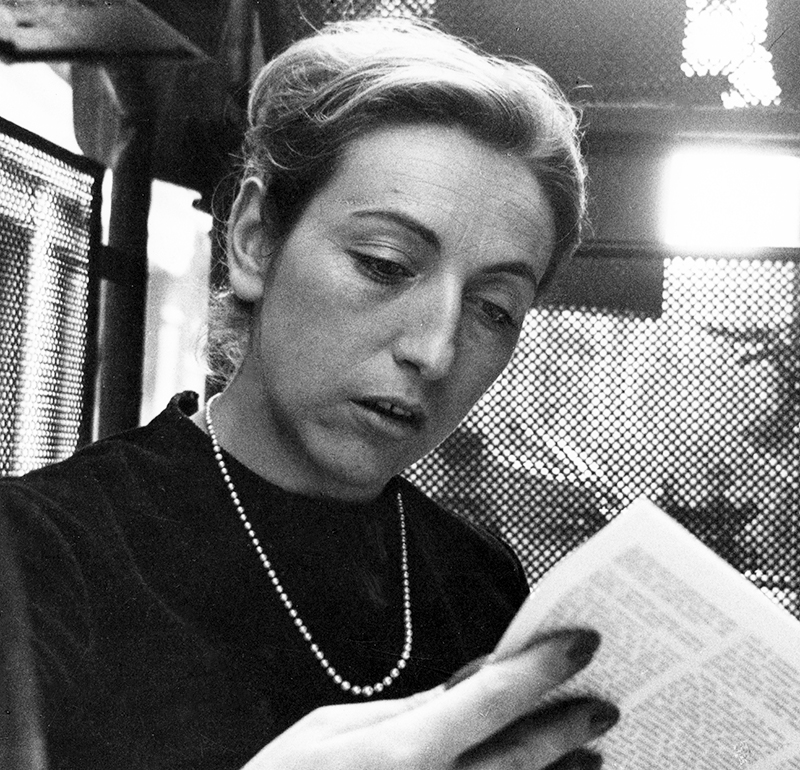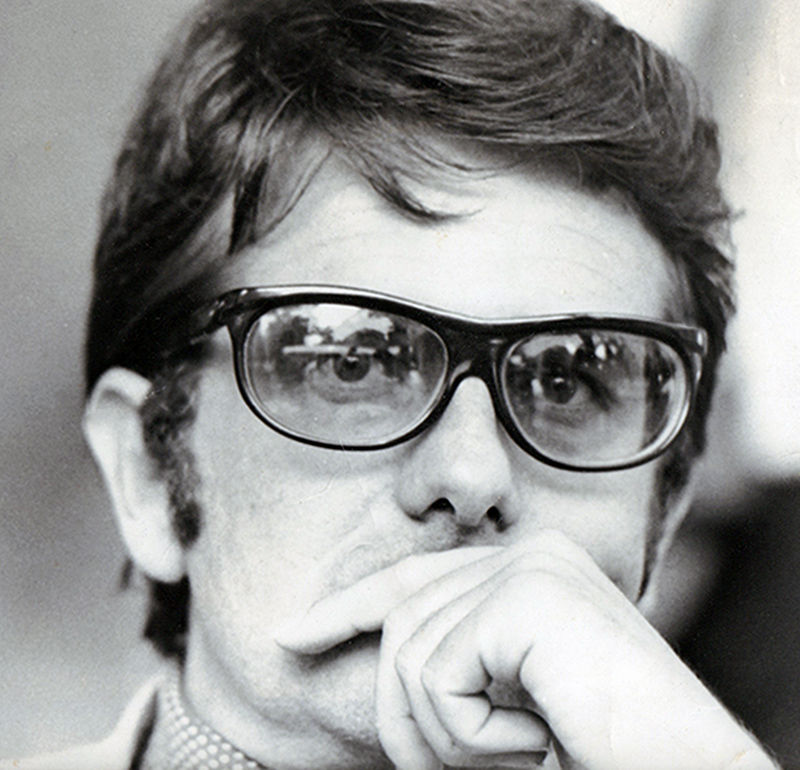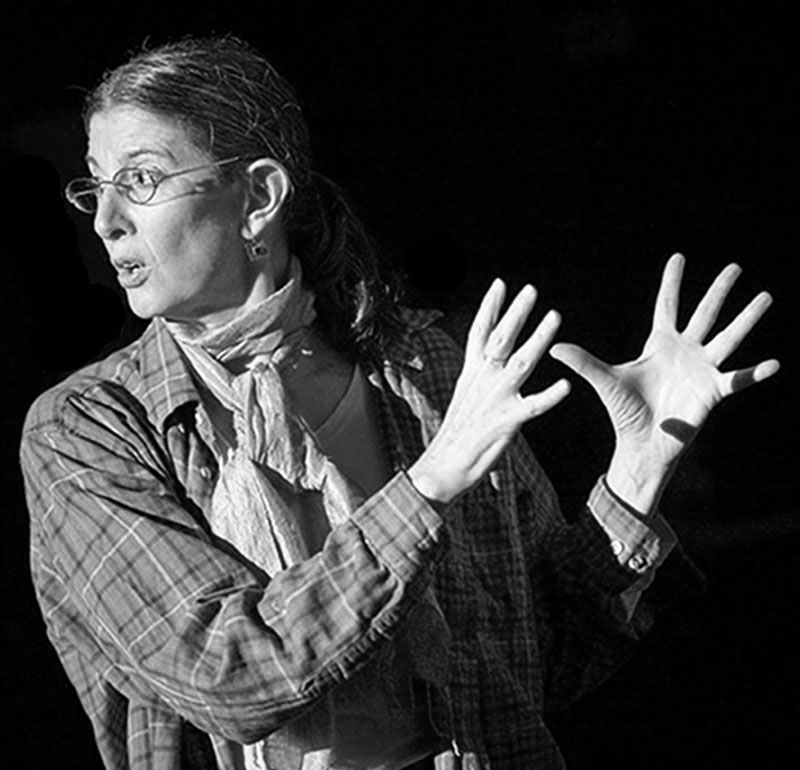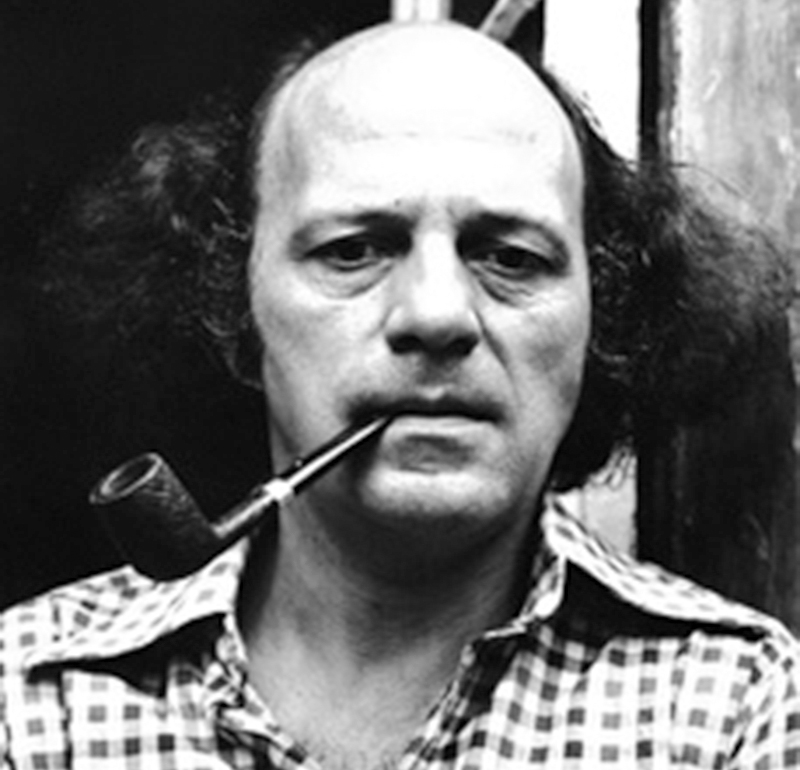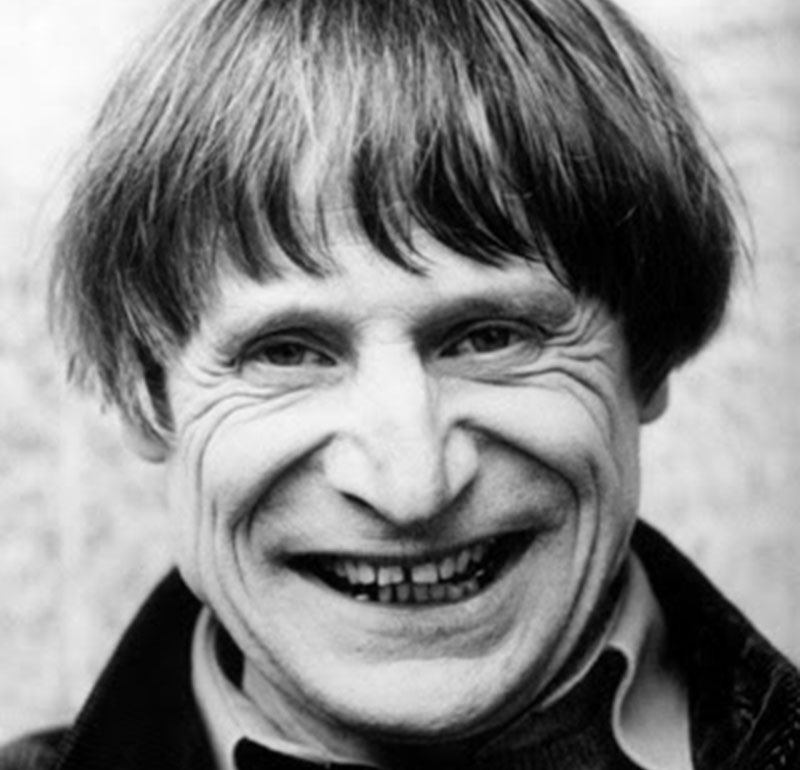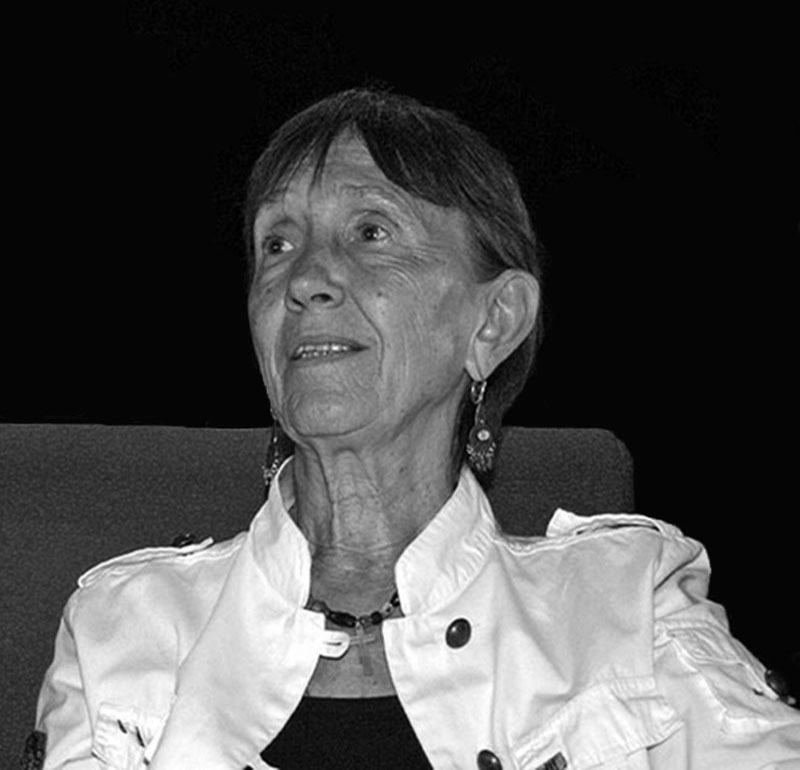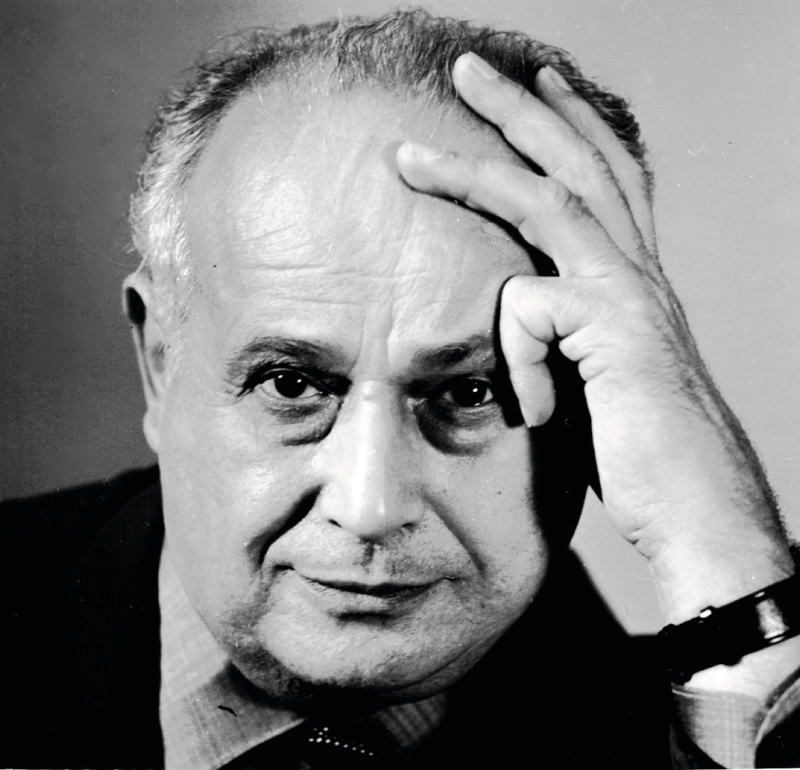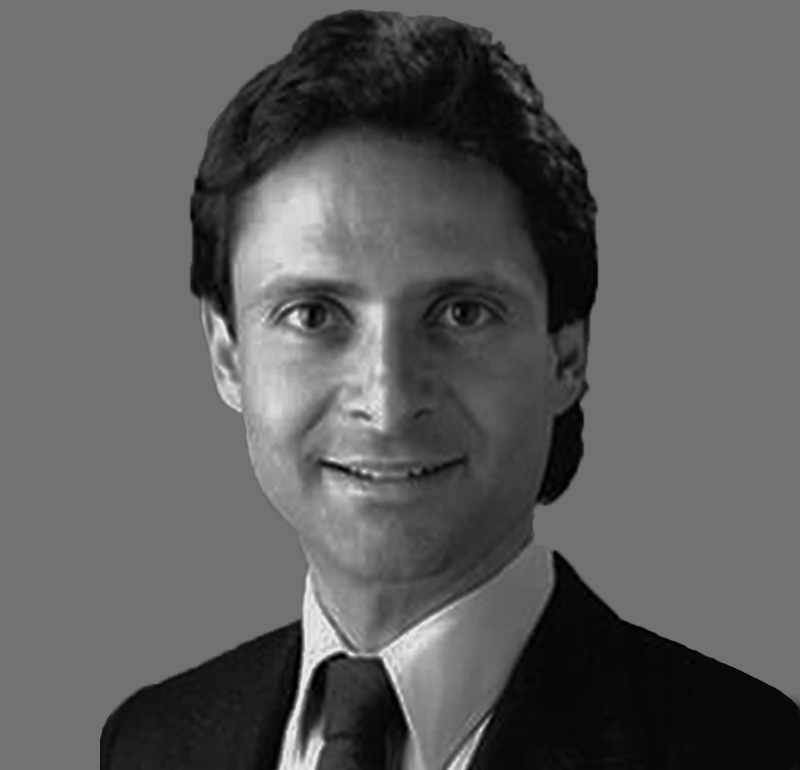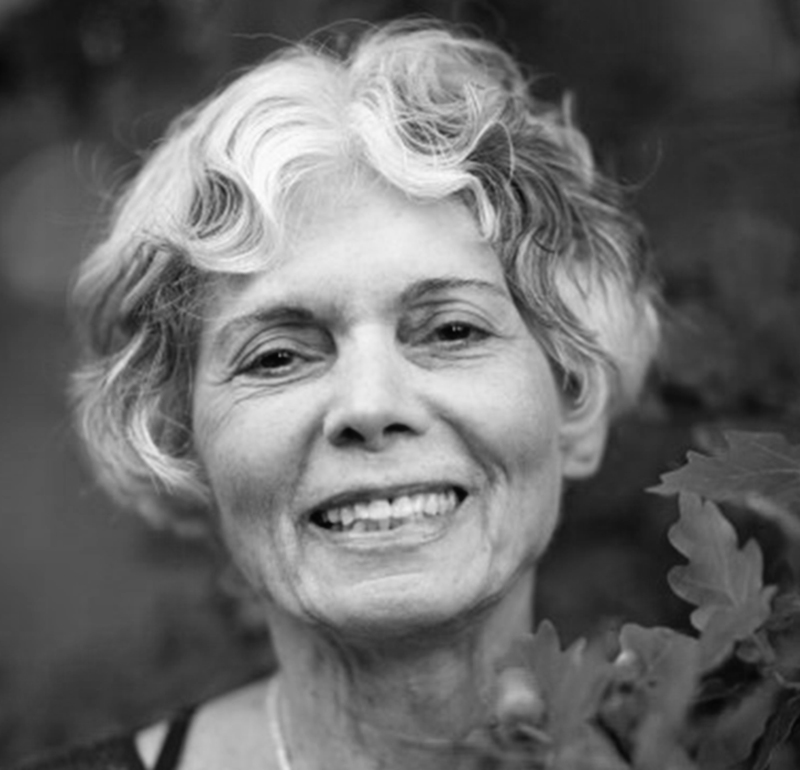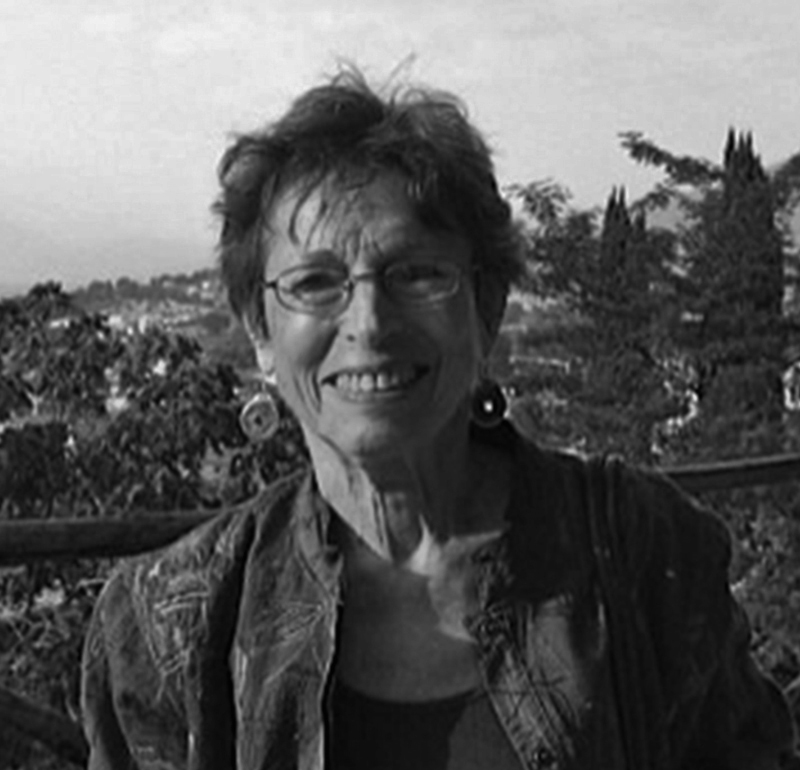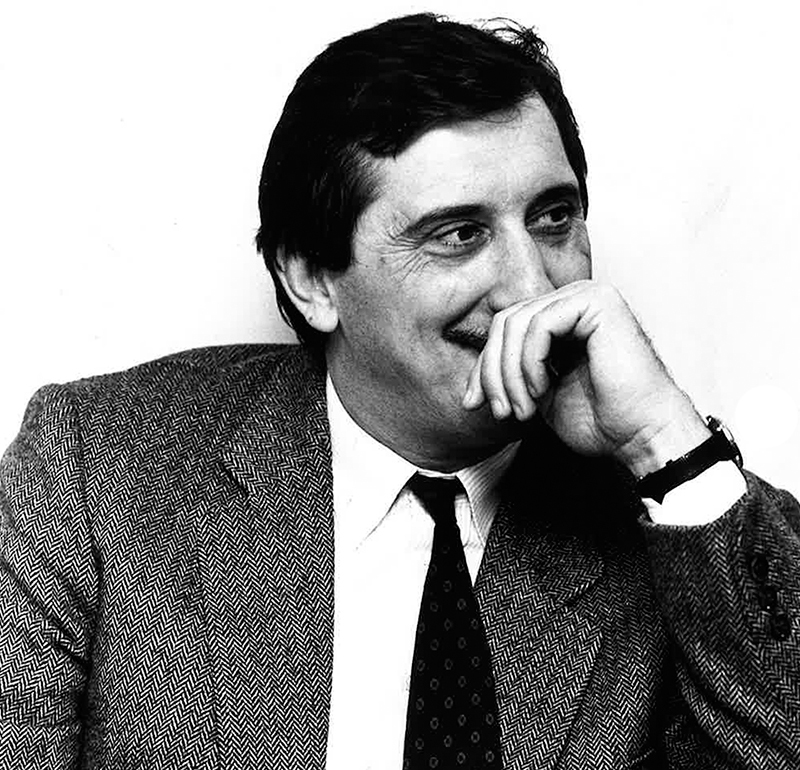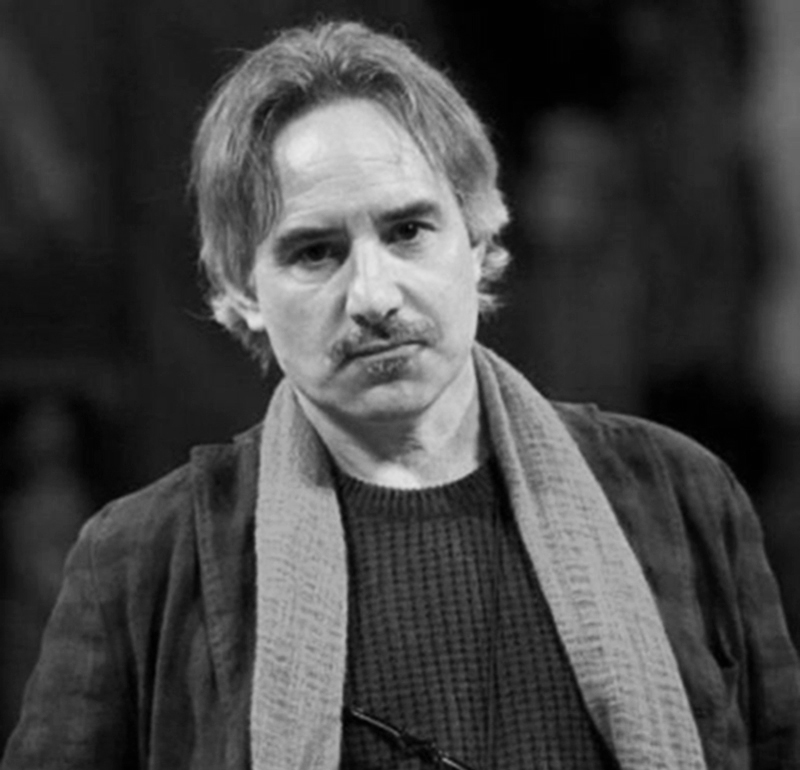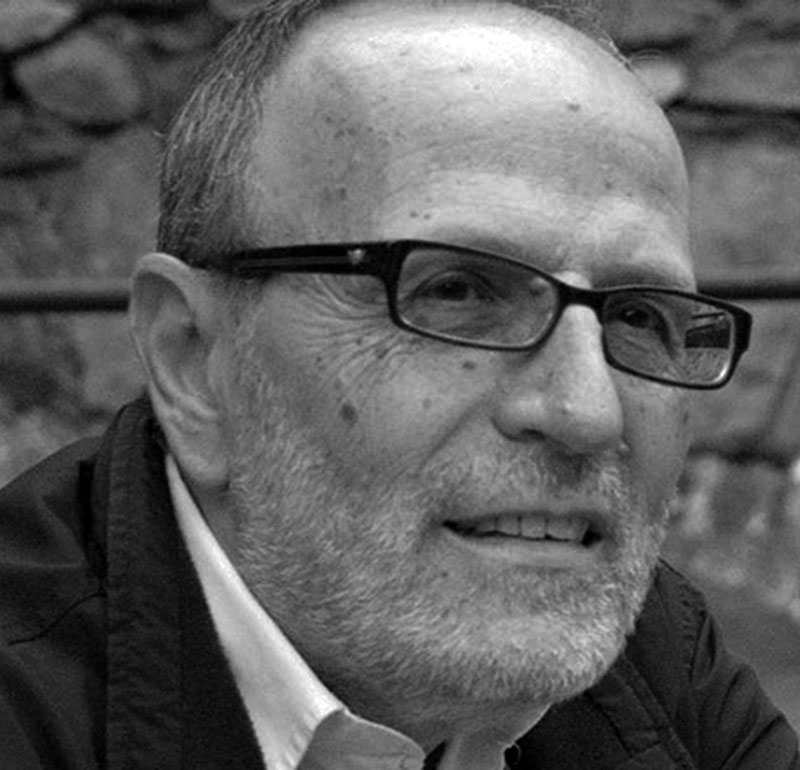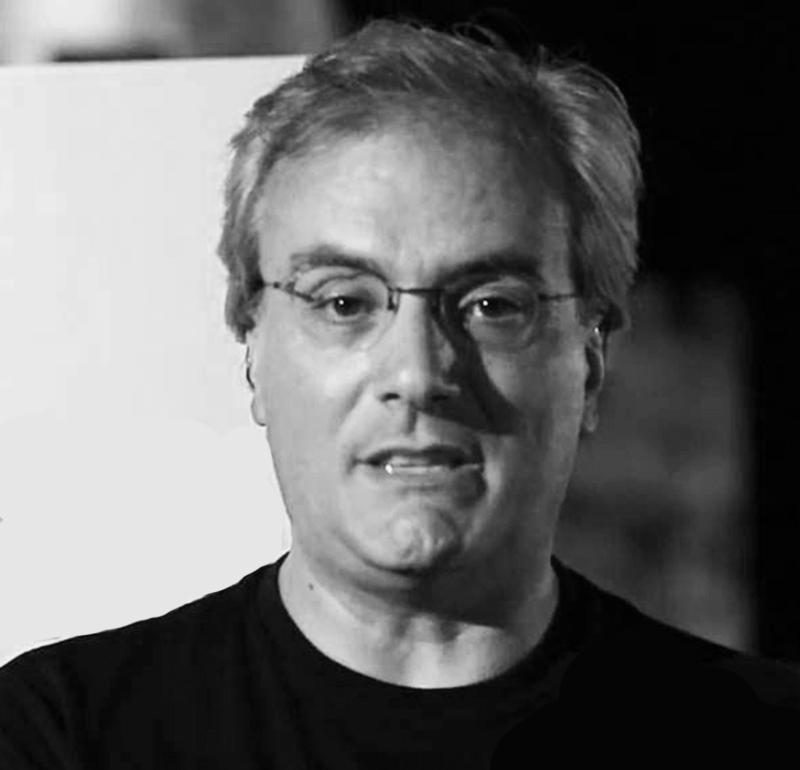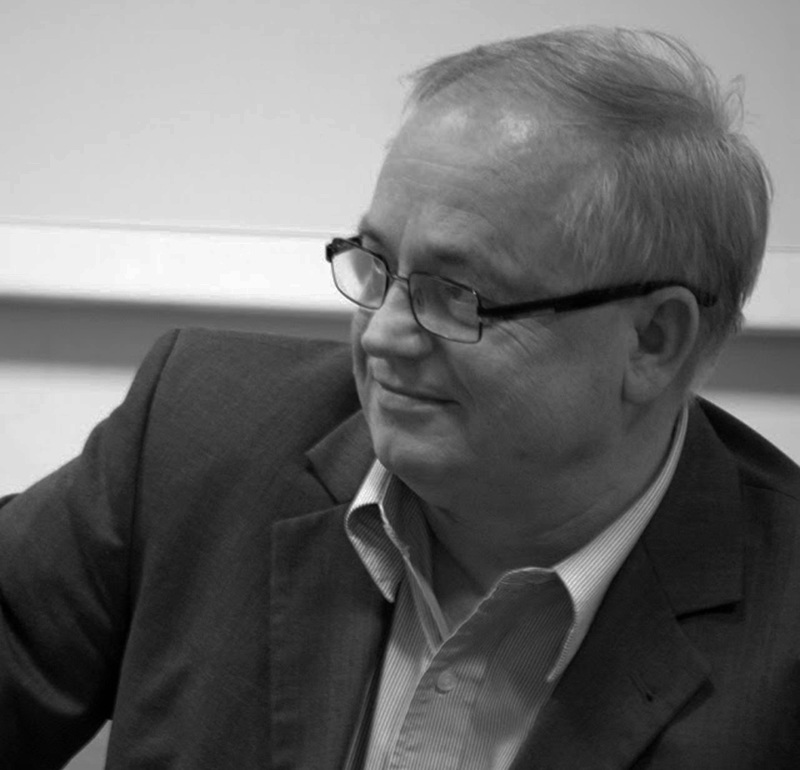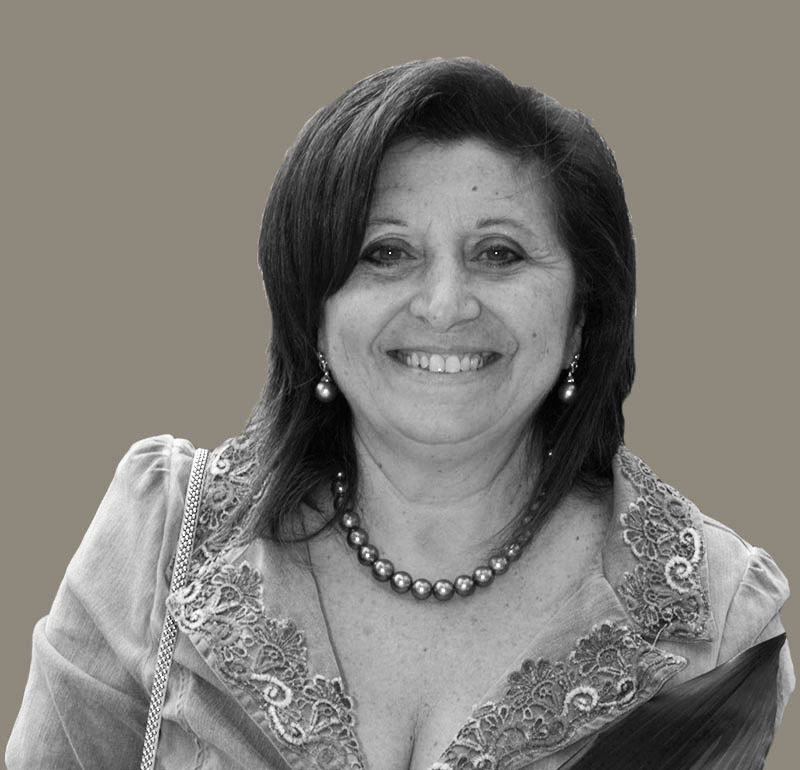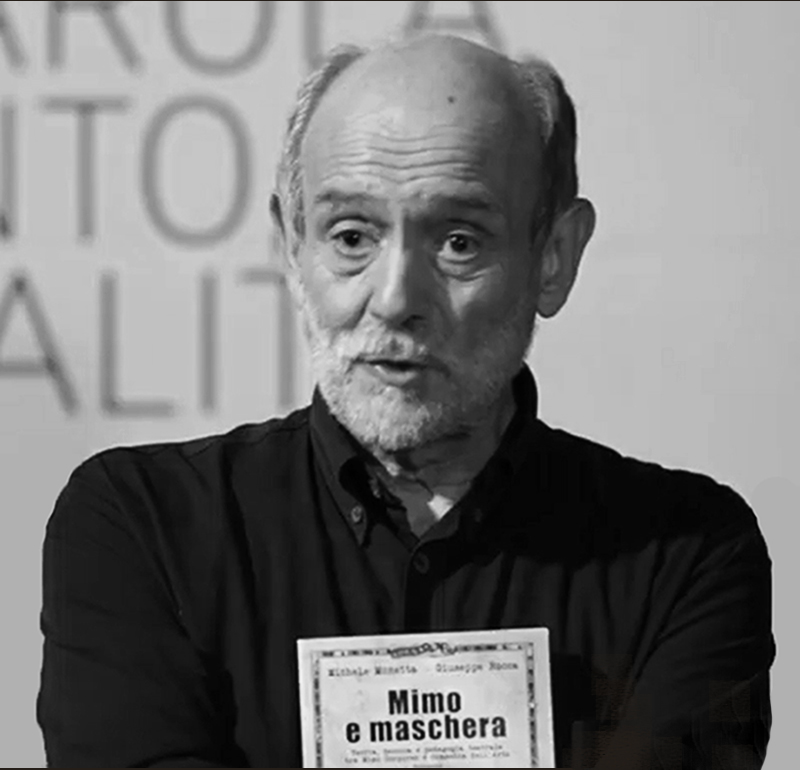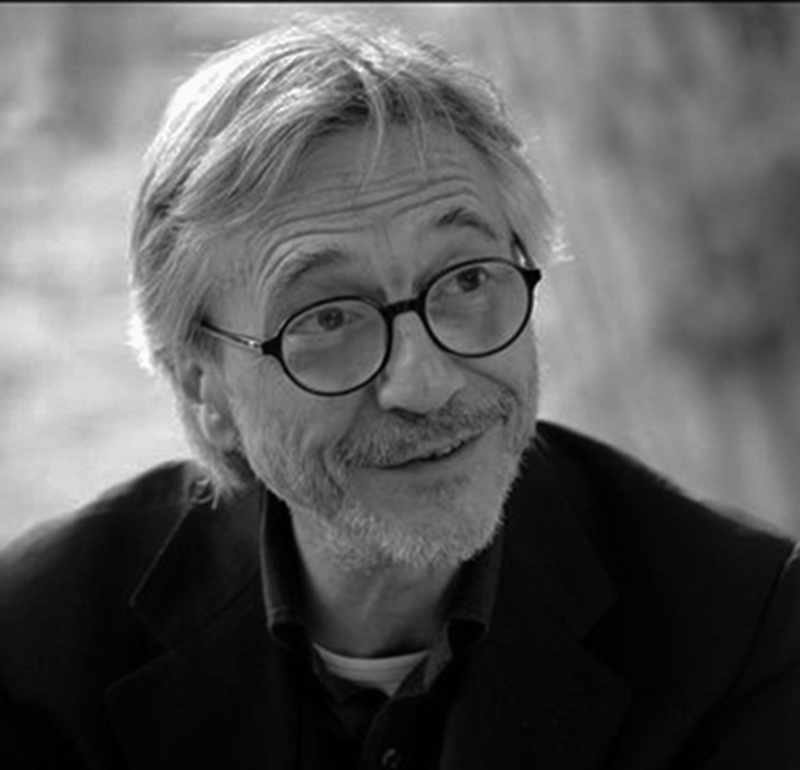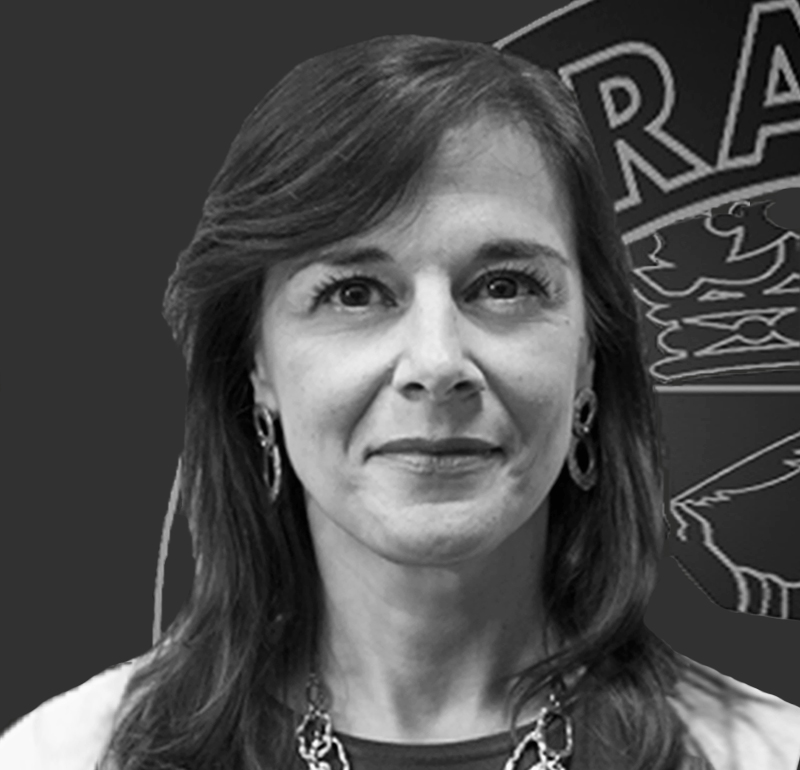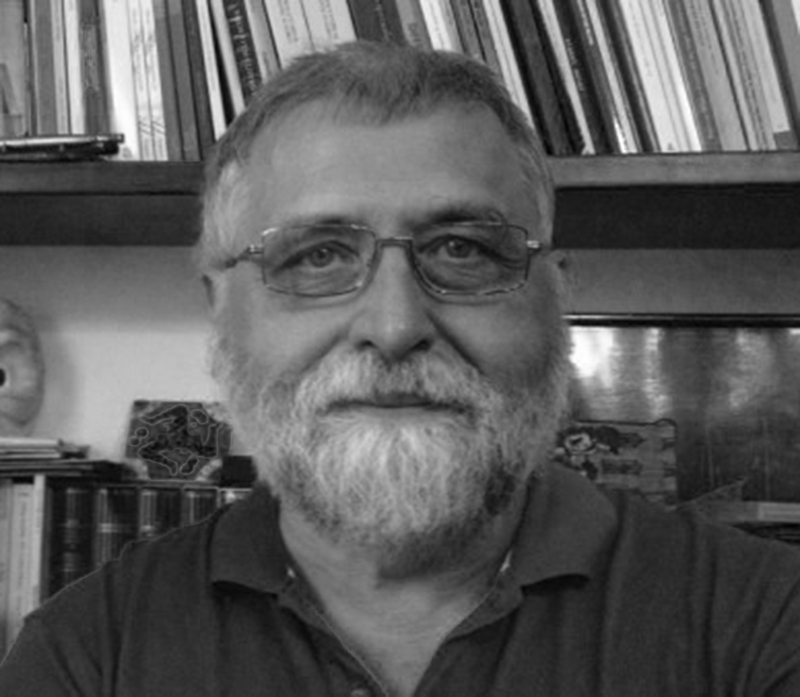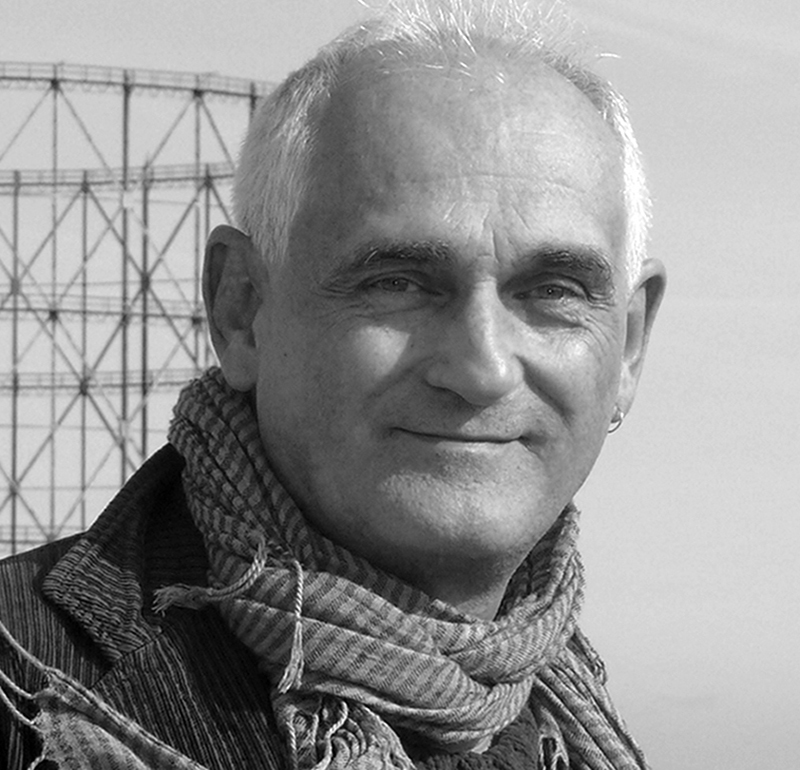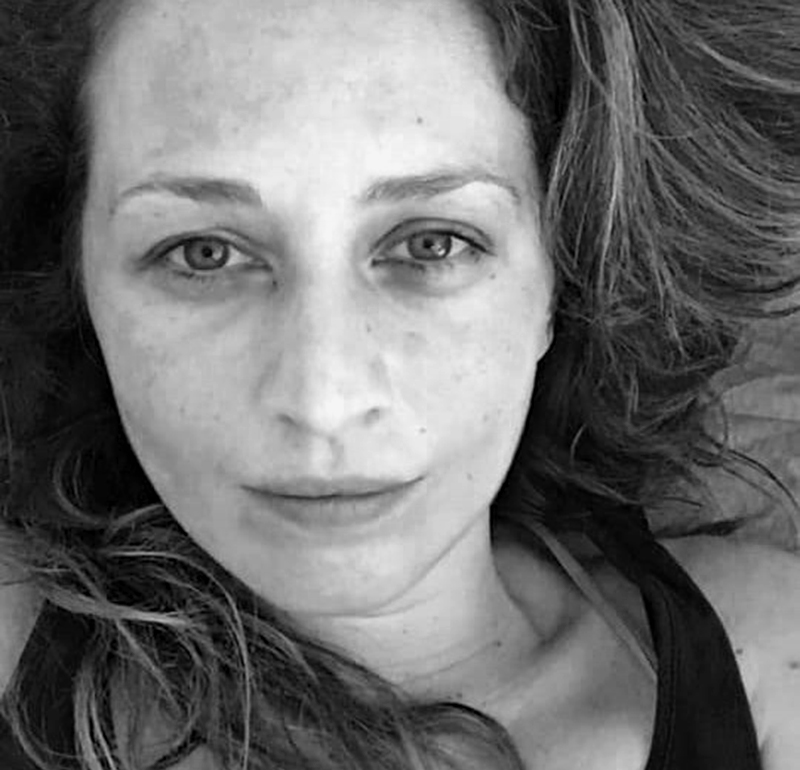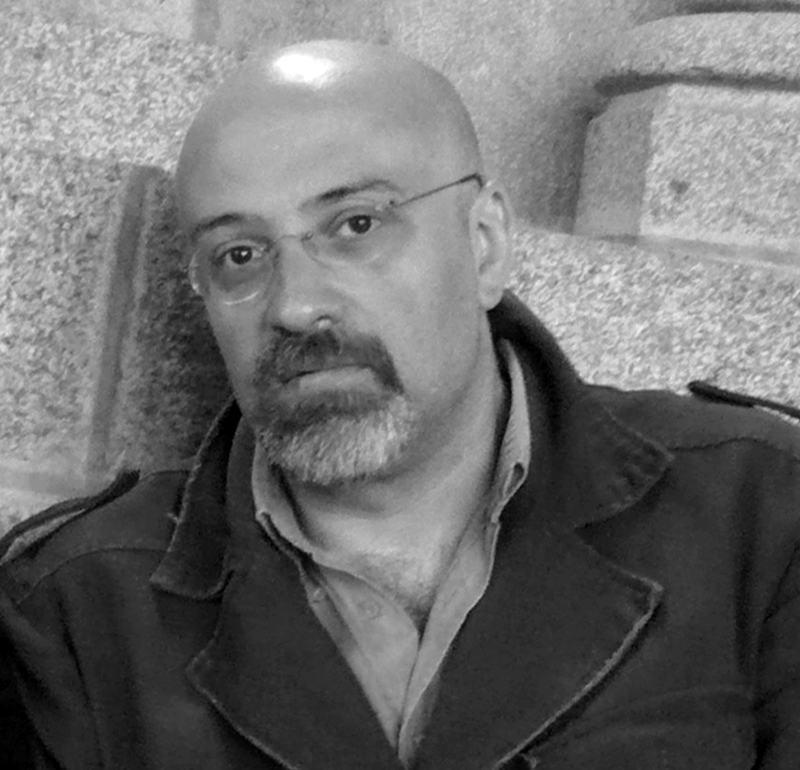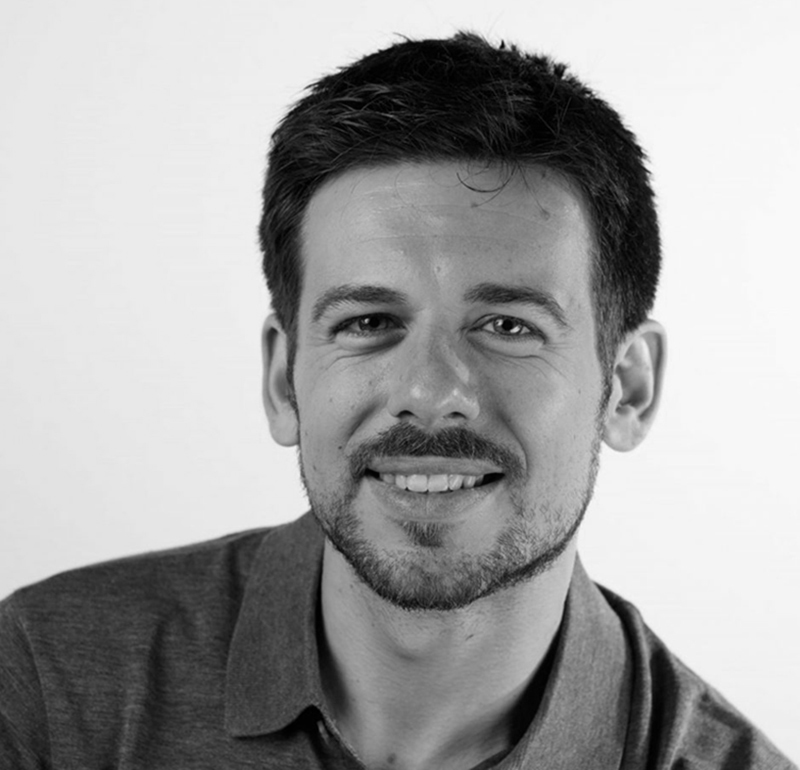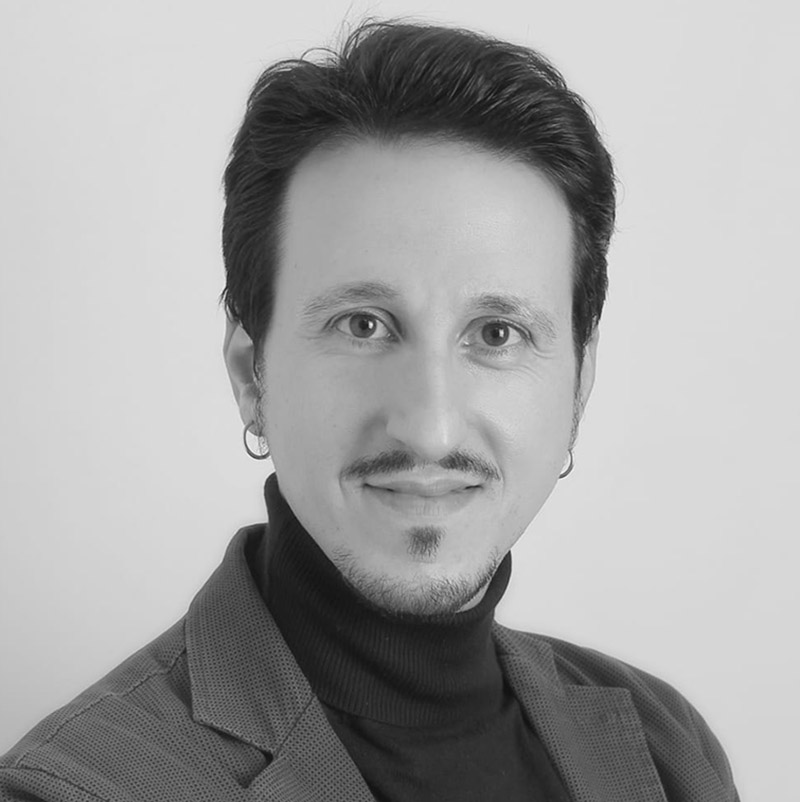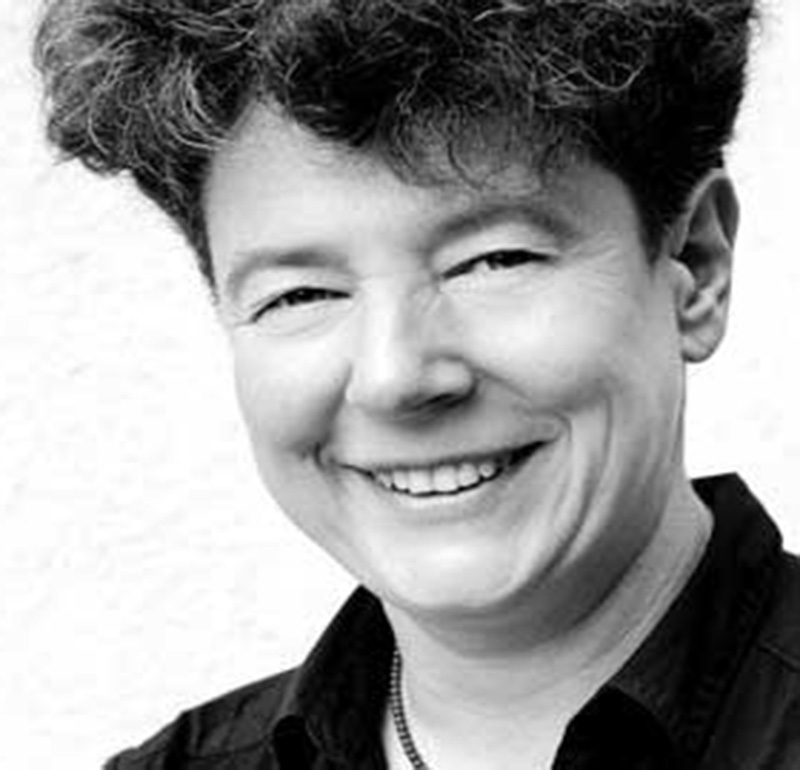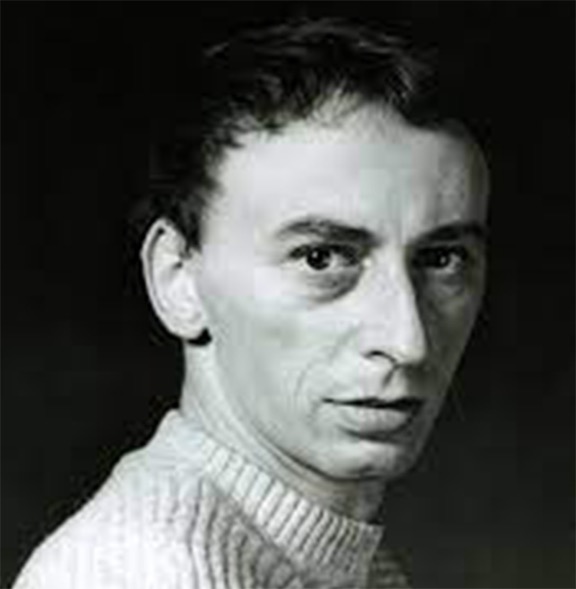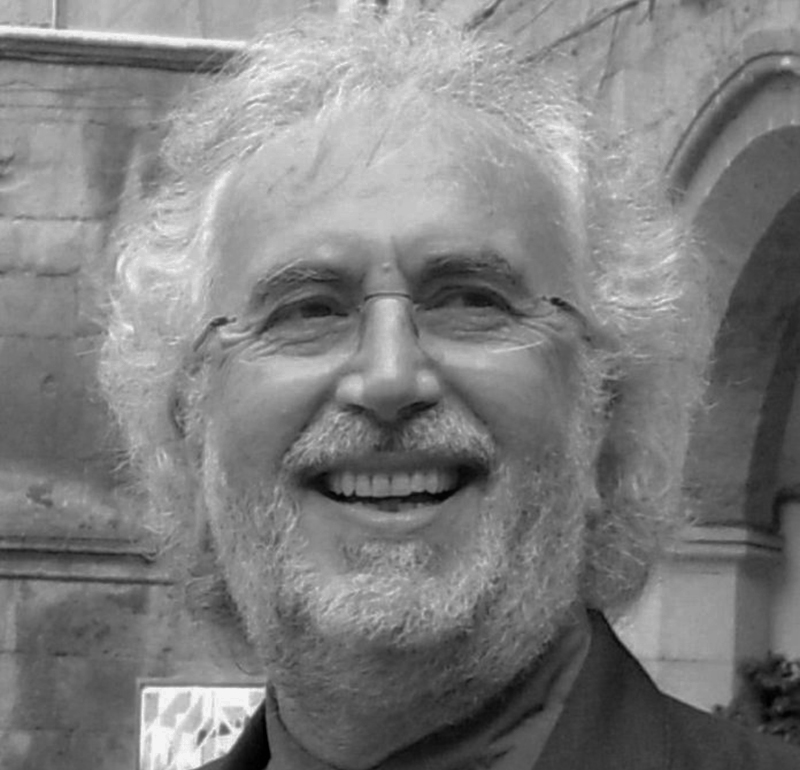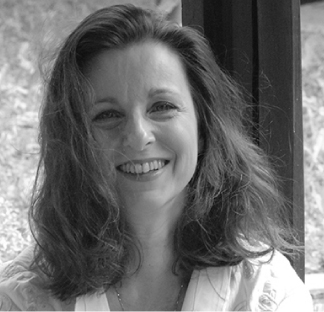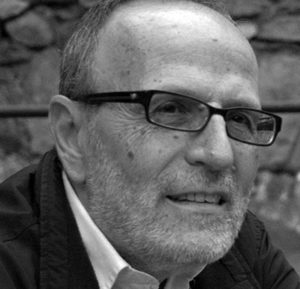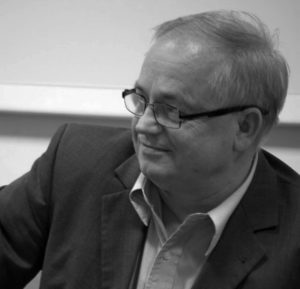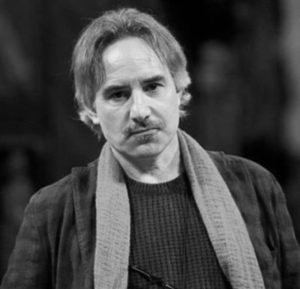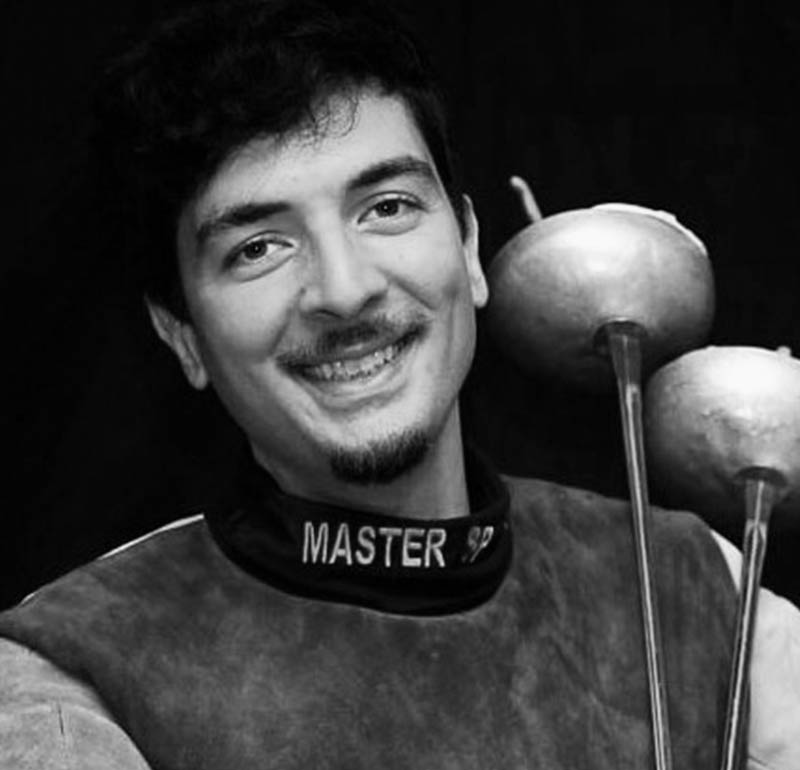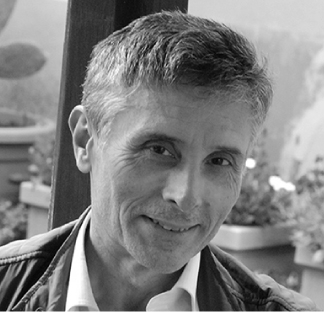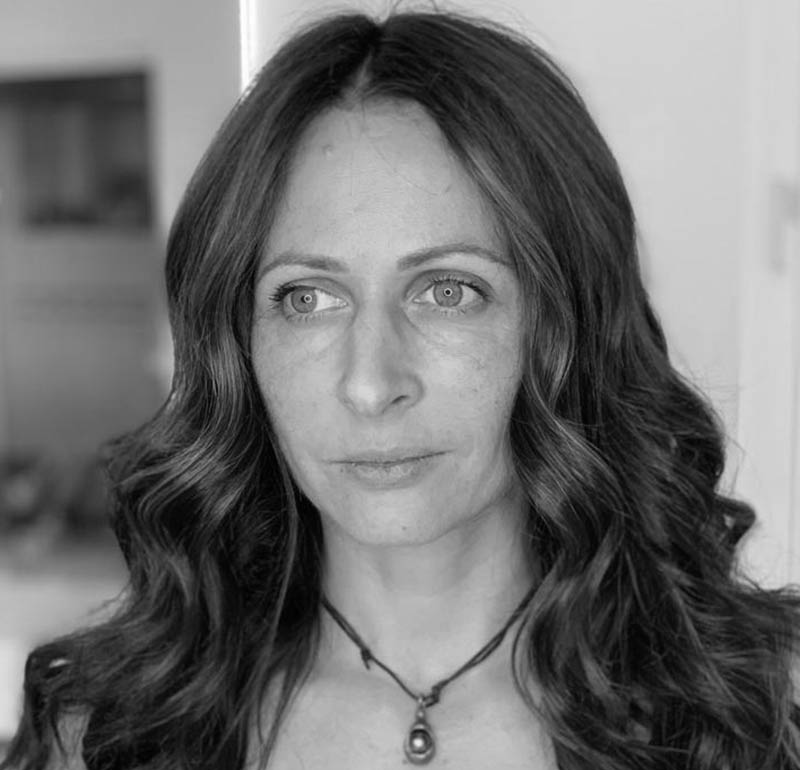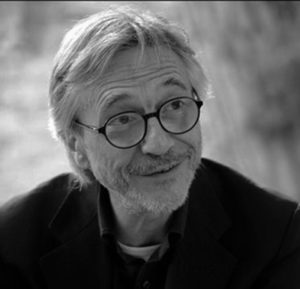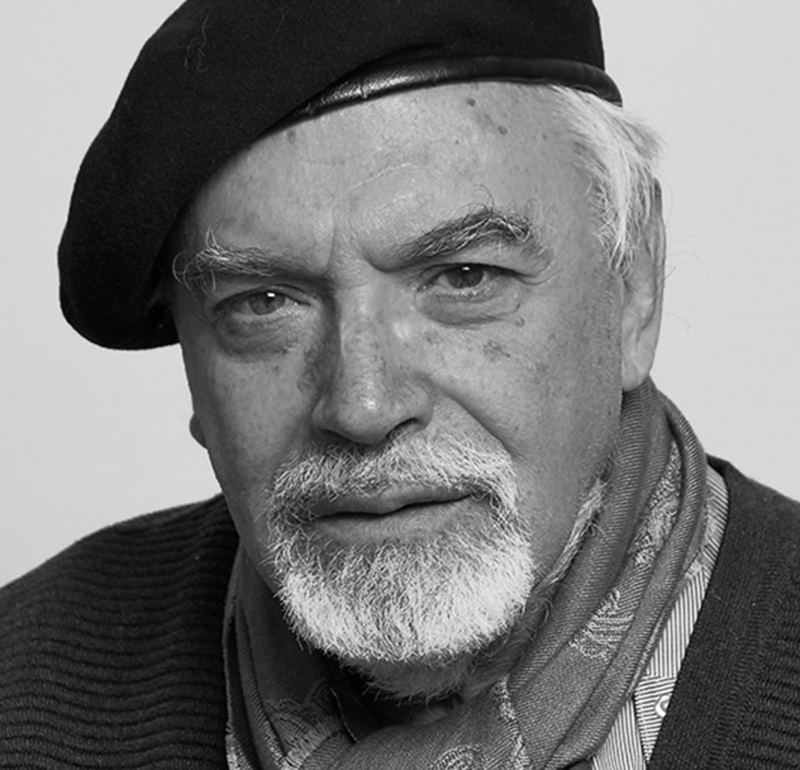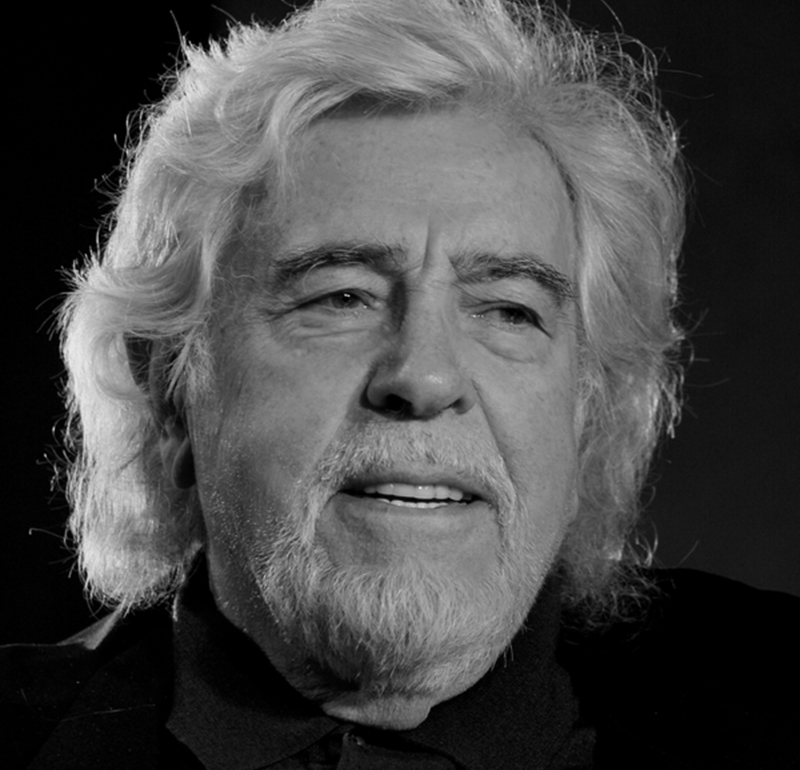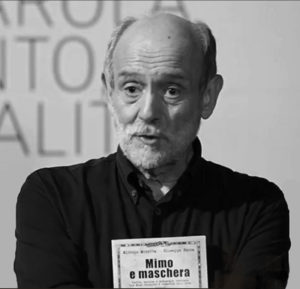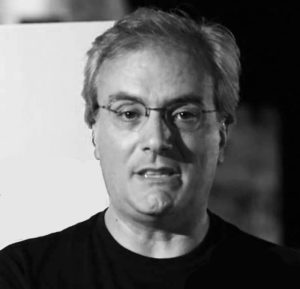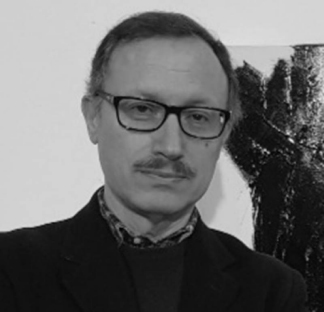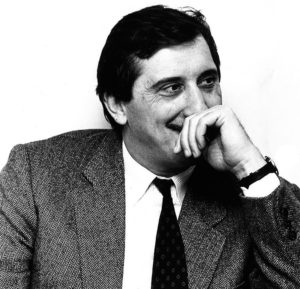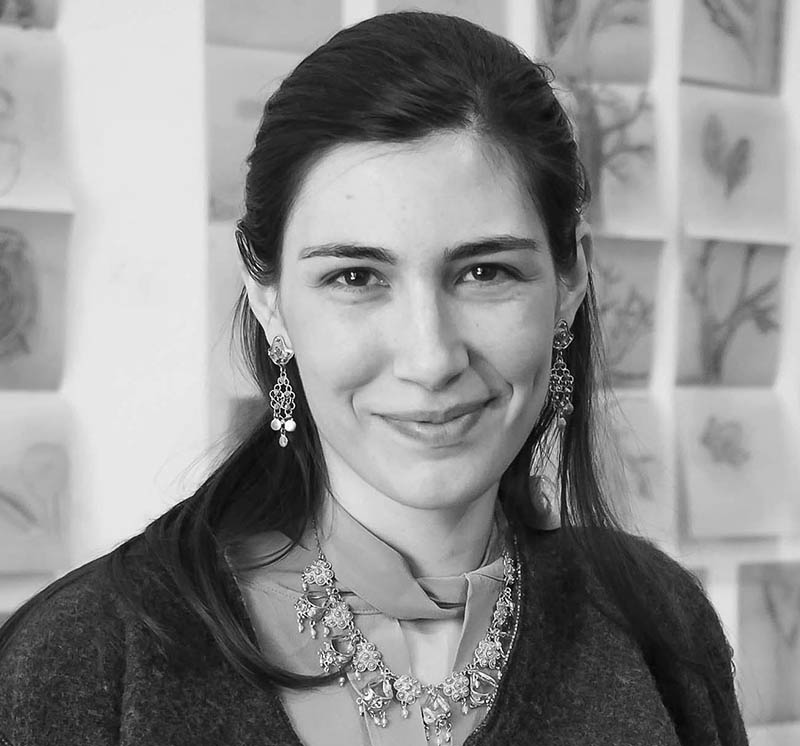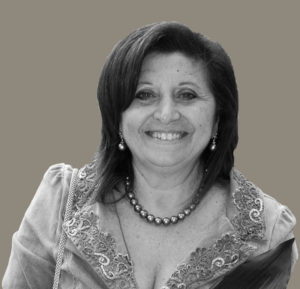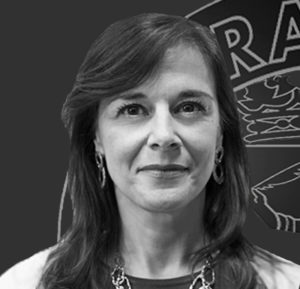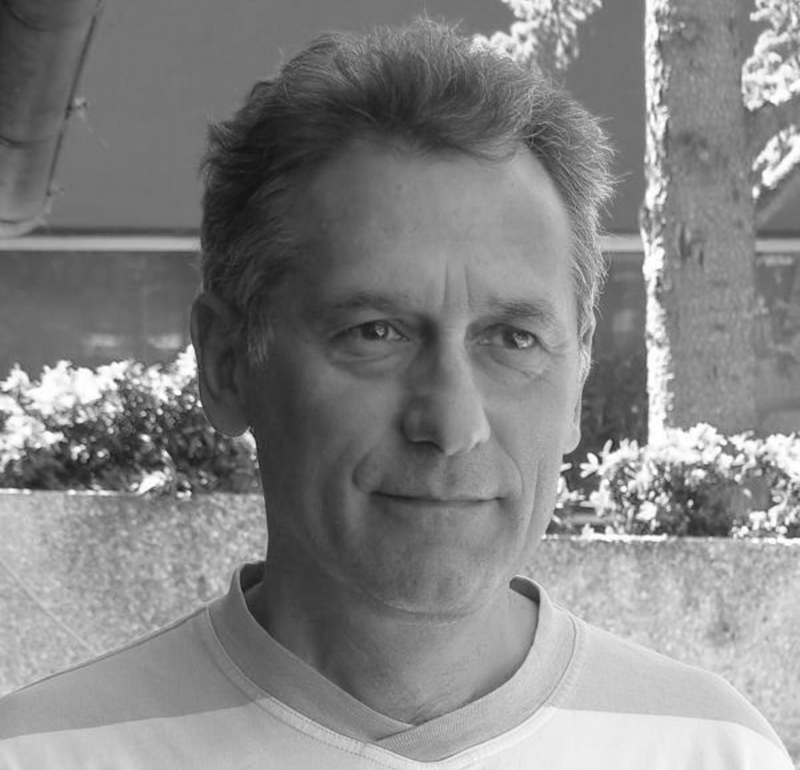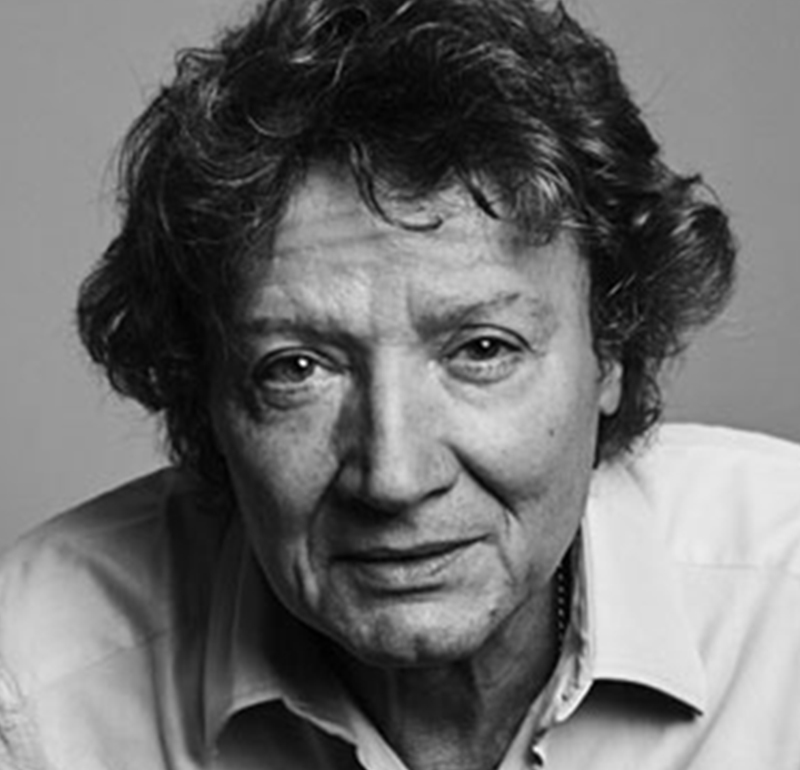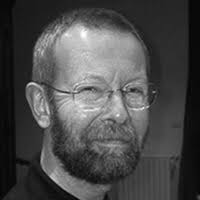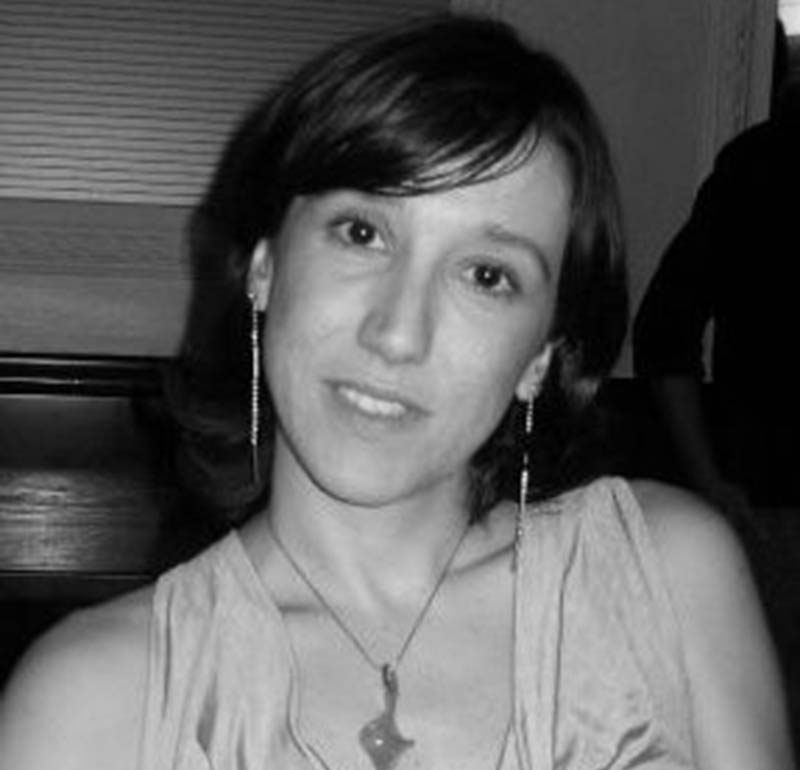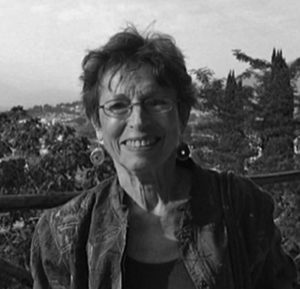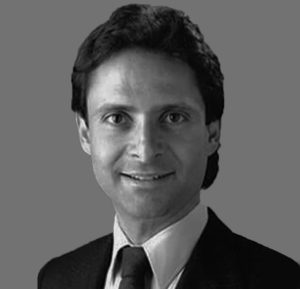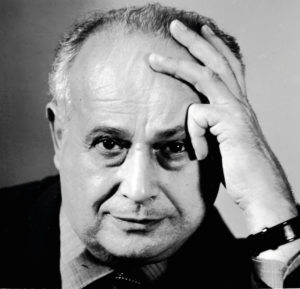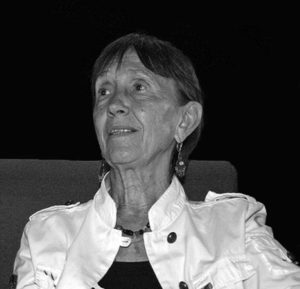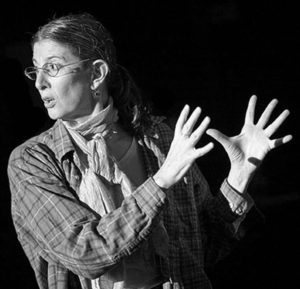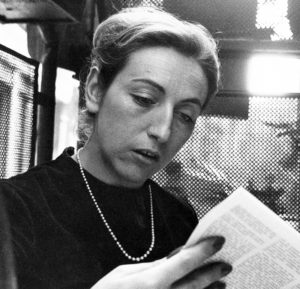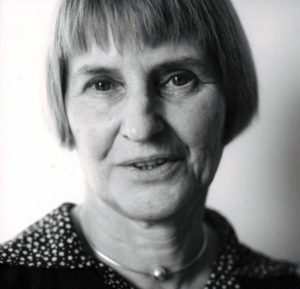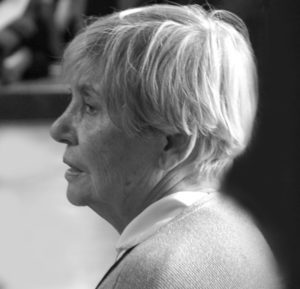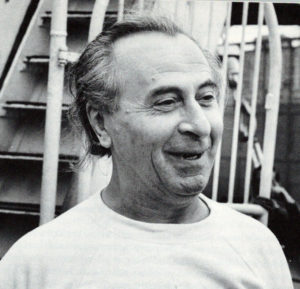Theatre and Art are enemies of bigotry and artists are not slaves to any ideology
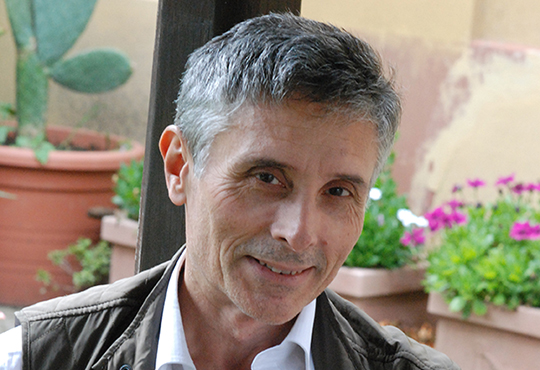 Director, actor and teacher of corporeal mime (Decroux technique), mask and commedia dell’arte, specialised in theatre pedagogy.
Director, actor and teacher of corporeal mime (Decroux technique), mask and commedia dell’arte, specialised in theatre pedagogy.
Student of mime master Etienne Decroux
Michele Monetta teaches mask and corporeal mime at the Italian National Academy of Dramatic Art Silvio d’Amico in Rome. He teaches acting and commedia dell’arte at choreographer Maurice Béjart’s École-Atelier Rudra dance school in Lausanne, Switzerland. He also teaches dramatic movement education at the theatre school of the Teatro Nazionale di Napoli in Naples.
Read more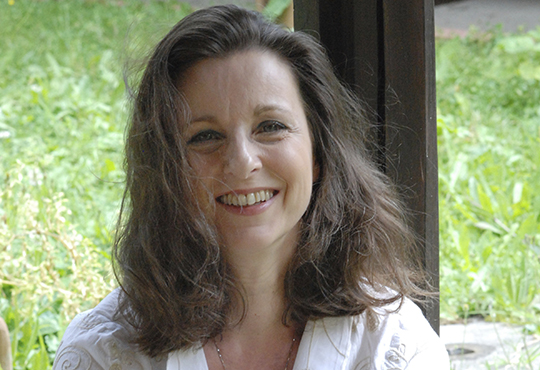 Actress and teacher of corporeal mime (Decroux and Flach techniques) and the Feldenkrais Method, specialised in theatre pedagogy.
Actress and teacher of corporeal mime (Decroux and Flach techniques) and the Feldenkrais Method, specialised in theatre pedagogy.
Student of Marise Flach, Monika Pagneux and Vera Bertinetti.
Lina Salvatore teaches corporeal mime, the Feldenkrais Method and theatre pedagogy as part of the professional development courses at the National Academy of Dramatic Art Silvio d’Amico in Rome and has led workshops at the International Dance and Movement Center (IDMC ) in Budapest. She also teaches vocal and corporeal education at the theatre school of the Teatro Nazionale di Napoli, Naples.
Read moreENDORSEMENT
Eugenio Barba Manager
http://www.odinteatret.dk/
OUR GOALS
Study the anthropological basis of forms of communication such as theatrical, verbal, non-verbal, and of corporeal languages with respect to the specific historical, environmental, and cultural characteristics of regional, national and European geographical areas. Rediscover the corporal languages of communication both in terms of cultural behaviour tied to traditions and in terms of the extreme technical and artistic formalization of various expressive forms.
Review and redesign the language of the body and of visual and musical theatre with respect to the revolutionary impact of modern mass media on the new systems of relationships between people: time and distance are reduced or eliminated; distant worlds are brought together in real time; the use of technological devices and filters (information technology and telematics); relationship and form between real reality and virtual reality. Communication systems will be explored and studied through the senses of ancient civilizations and cultures with respect to the growing remote communication.
Acquire a set of theoretical and scientific skills from experiencing interferences between corporeal language and non-verbal communication, gesture and psychology of writing, formalized artistic languages in the fields of music, musical theatre, mime, dance, theatre, record and audiovisual productions, and in developing the scenic space and costumes as elements of dynamic and spatial dialogue between nature and artifice.
